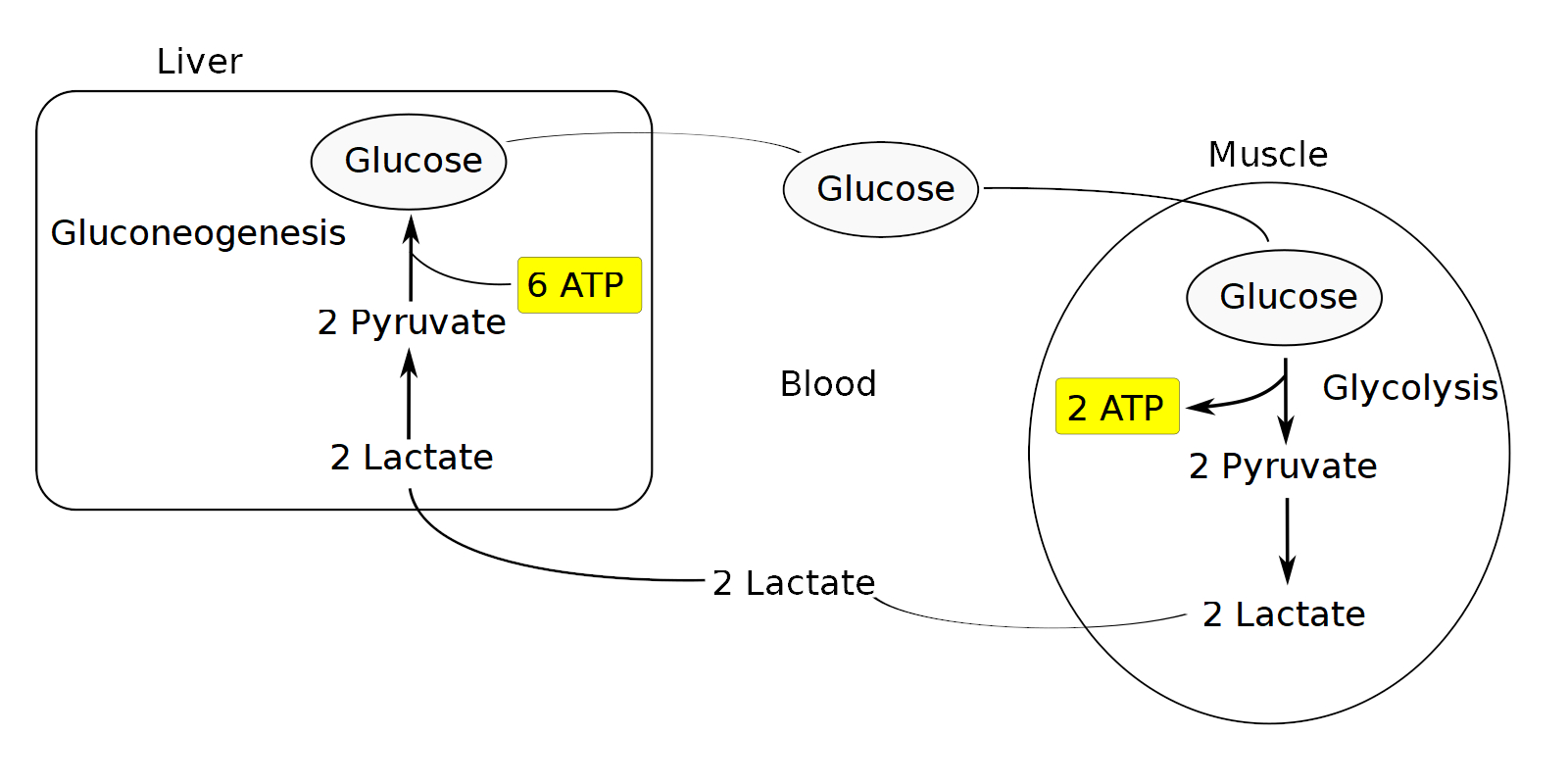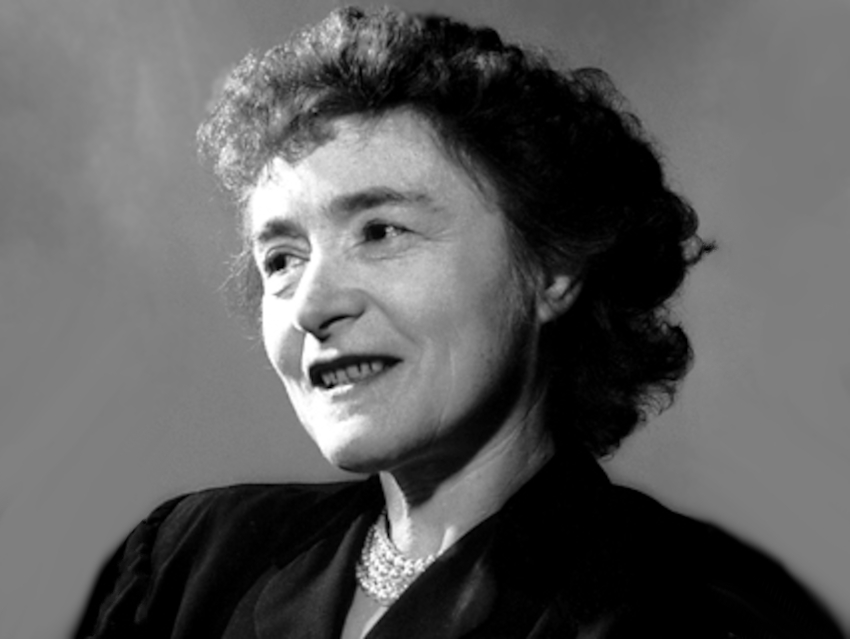Gerty Theresa Cori (née Radnitz) was born on August 15, 1896, in Prague in the Austro-Hungarian Empire (in today’s Czech Republic). She studied medicine at the Charles-Ferdinand University in Prague and received her degree in 1920. She married her classmate Carl Ferdinand Cori that same year. Due to the difficult living conditions in Europe after World War I, as well as the rising antisemitism, the couple emigrated and moved to Buffalo, NY, USA, in 1922, where they collaborated on medical research.
As a woman, Gerty Cori found it more difficult to secure well-paid employment in research than her husband. Carl was first employed as a Biochemist at the State Institute for the Study of Malignant Disease in Buffalo; Gerty as an Assistant Pathologist. The institute opposed their ongoing research collaboration at first and threatened Gerty with termination if it were to continue.
The Coris moved to Washington University in St. Louis, MO, USA, in 1931. Carl Cori became Chairman of the Department of Pharmacology of the university’s School of Medicine. At the time, the rules of the university did not allow faculty appointments for two members of the same family—thus, Gerty was hired as a Research Fellow, earning a small fraction of her husband’s salary. Gerty became Associate Professor of Research in Biological Chemistry and Pharmacology there in 1943 and was promoted to Professor of Biological Chemistry in 1947. Gerty Cori died on October 26, 1957, in St. Louis.
Cori and her husband Carl are best known for their research on how the human body metabolizes glucose. Together, they discovered the Cori cycle (see Fig. 1), an important metabolic pathway, in 1929 [1]. In this pathway, lactate is produced from glucose via glycolysis in the muscles. The lactate is transported to the liver and converted back to glucose, which then returns to the muscles and is metabolized to lactate again.
 |
|
Figure 1. The Cori cycle. (Image: Petaholmes, PDH, Eyal Bairey, wikimedia commons, CC BY-SA 3.0) |
The Coris also investigated the decomposition of glycogen into glucose. Glycogen is a glucose-based polysaccharide that is used to store energy in the body. The couple found an intermediate involved in the breakdown of glycogen—glucose-1-phosphate, or the Cori ester—and identified the enzyme that catalyzes the formation of glucose-1-phosphate, glycogen phosphorylase [2–5]. This discovery was honored later: The Nobel Prize in Physiology or Medicine 1947 was awarded with one half jointly to Cori and her husband Carl “for their discovery of the course of the catalytic conversion of glycogen”, the other half was awarded to Bernardo Alberto Houssay “for his discovery of the part played by the hormone of the anterior pituitary lobe in the metabolism of sugar.”
Gerty Cori is the answer to Guess the Chemist (116).
References
- [1] Glycogen Formation in the Liver from D– and L-Lactic Acid,
Carl F. Cori, Gerty T. Cori,
J. Biol. Chem. 1929, 81, 389-403.
https://doi.org/10.1016/S0021-9258(18)83822-4
- [2] The Isolation and Synthesis of Glucose-1-Phosphoric Acid,
Carl F. Cori, Sidney P. Colowick, Gerty T. Cori
J. Biol. Chem. 1937, 121, 465–477.
https://doi.org/10.1016/S0021-9258(18)74279-8 - [3] The Formation of Glucose-1-Phosphoric Acid in Extracts of MAmmalian Tissues and of Yeast,
Gerty T. Cori, Sidney P. Colowick, Carl F. Cori,
J. Biol. Chem. 1938, 123, 375–380.
https://doi.org/10.1016/S0021-9258(18)74125-2 - [4] The Synthesis of a Polysaccharide From Glucose-1-Phosphate in Muscle Extract,
Carl F. Cori, Gerhard Schmidt, Gerty T. Cori,
Science 1939, 89, 464–4655
https://doi.org/10.1126/science.89.2316.464 - [5] The kinetics of the enzymatic synthesis of glycogen from glucose-1-phosphate,
Gerty T. Cori, Carl F. Cori,
J. Biol. Chem. 1940, 135, 733–756.
https://doi.org/10.1016/S0021-9258(18)73136-0
Sources
- Gerty Cori: Facts,
nobelprize.org.
(accessed August 1, 2021) - National Historic Chemical Landmarks. Carl and Gerty Cori and Carbohydrate Metabolism,
American Chemical Society,
www.acs.org.
(accessed August 1, 2021) - Gerty T. Cori (1896–1957),
Washington University School of Medicine,
beckerexhibits.wustl.edu.
(accessed August 1, 2021)




